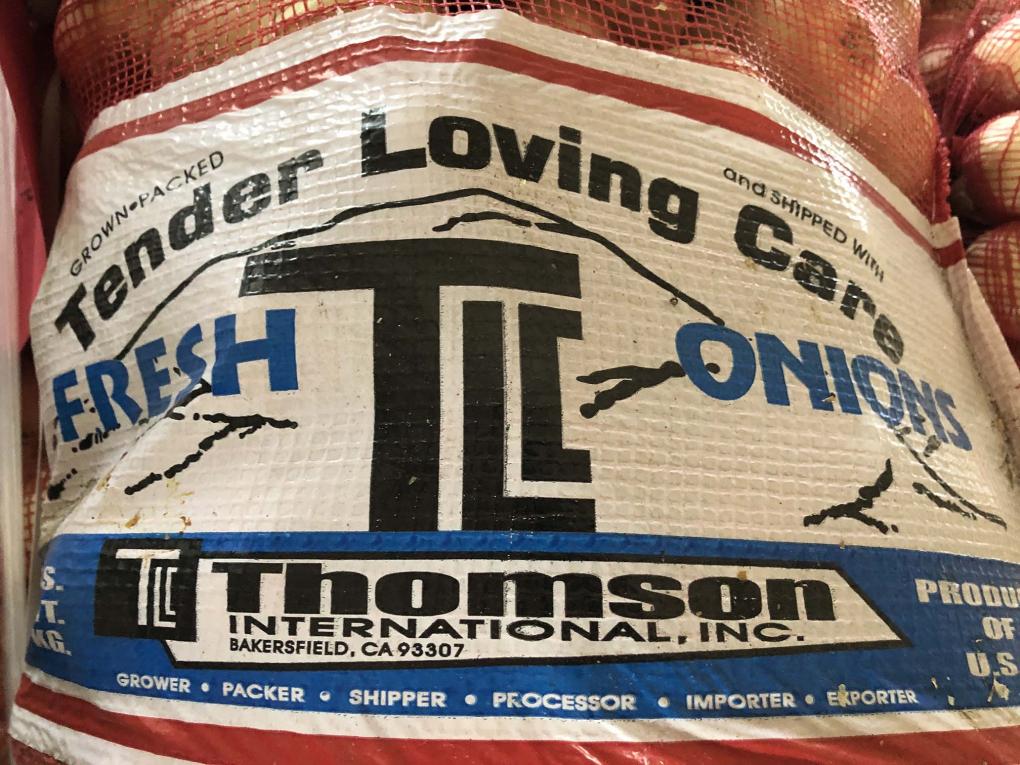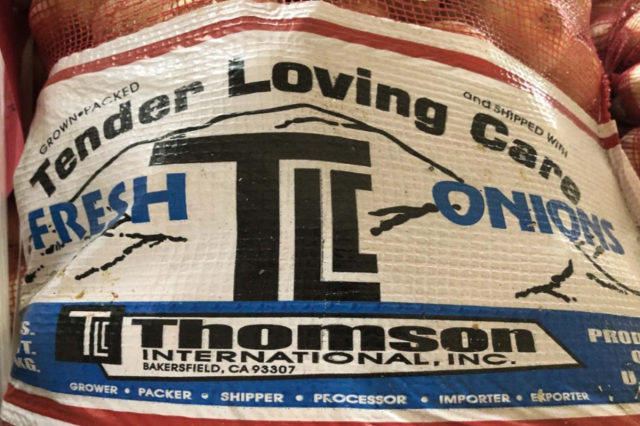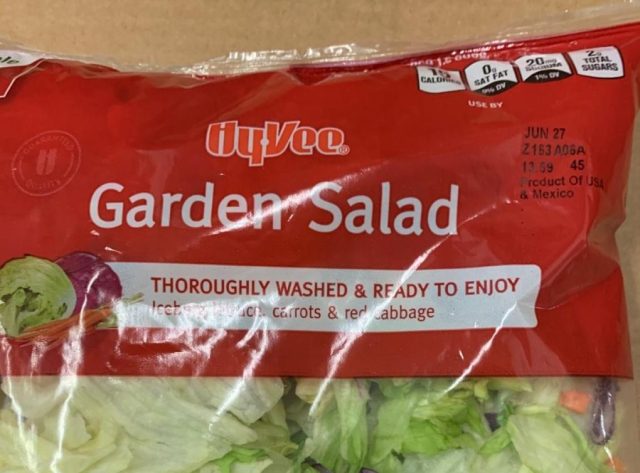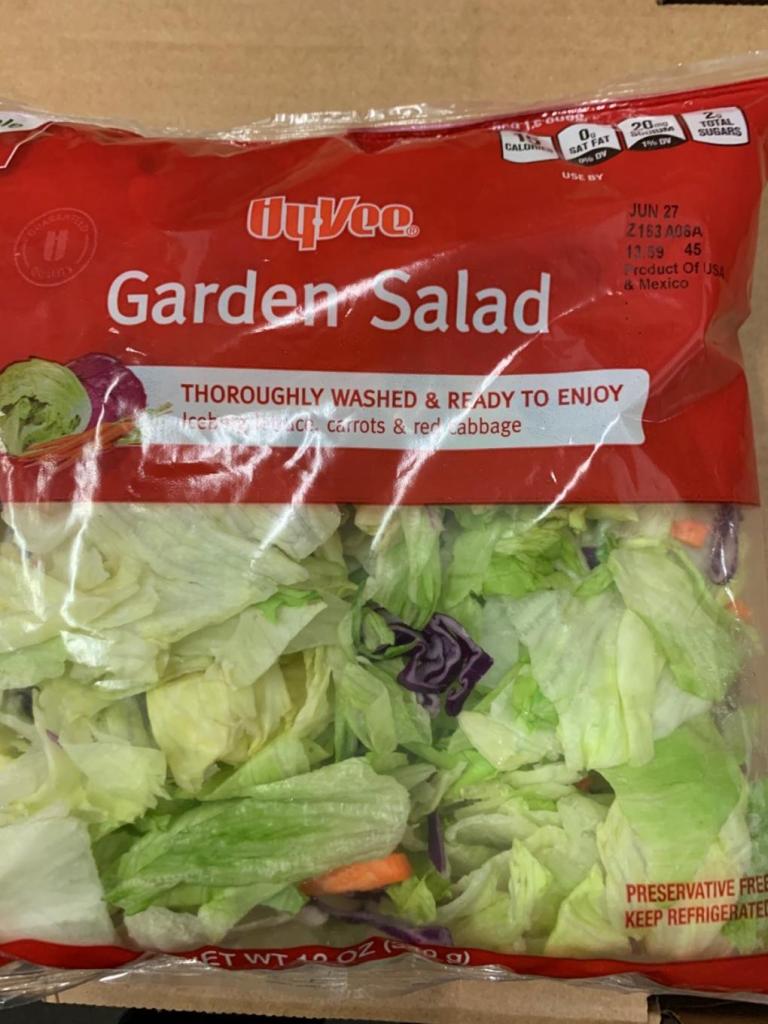Check your veggie bins. A salmonella outbreak that has infected more than 500 people in the United States and Canada has been traced back to onions grown in California. Thomson International Inc. of Bakersfield, California is recalling Red, Yellow, White, and Sweet Yellow Onions shipped from May 1, 2020 through the present.

The onions are being recalled because they have the potential to be contaminated with Salmonella, an organism that can cause serious and sometimes fatal infections in young children, frail or elderly people, and others with weakened immune systems. Healthy persons infected with Salmonella often experience fever, diarrhea (which may be bloody), nausea, vomiting and abdominal pain. In rare circumstances, infection with Salmonella can result in the organism getting into the bloodstream and producing more severe illnesses such as arterial infections (i.e., infected aneurysms), endocarditis and arthritis.
Onions were distributed to wholesalers, restaurants, and retail stores in all 50 states, the District of Columbia and Canada.
The onions were distributed in 5 lbs. carton. 10 lbs. carton. 25 lbs. carton. 40 lbs. carton, 50 lbs. carton. bulk, 2 lb. mesh sacks, and 3 lb. mesh sacks, 5 lb. mesh sacks, 10 lb. mesh sacks 25 lbs. mesh sacks, 50 lbs. mesh sacks under the brand names Thomson Premium, TLC Thomson International, Tender Loving Care, El Competitor, Hartley’s Best, Onions 52, Majestic, Imperial Fresh, Kroger, Utah Onions and Food Lion.
Consumers, restaurants, and retailers should not eat, sell, or serve red, white, yellow, or sweet onions from Thomson International, Inc. or products containing such onions. If you cannot tell if your onion is from Thomson International Inc., or your food product contains such onions, you should not eat, sell, or serve it, and should throw it out.
The U.S. Food and Drug Administration, along with the U.S. Centers for Disease Control and Prevention, is investigating a multistate outbreak of Salmonella Newport infections that may be linked to these onions, so Thomson International is recalling the onions out of an abundance of caution. As of now no specific source of contamination or contaminated shipment has been identified, and FDA is also investigating other potential sources of contamination and has not yet reached a final conclusion.
Infections have been reported in Arizona, California, Colorado, Florida, Indiana, Illinois, Idaho, Iowa, Kansas, Kentucky, Maine, Maryland, Minnesota, Missouri, Montana, Nebraska, Nevada, New York, North Carolina, North Dakota, Ohio, Oregon, Pennsylvania, South Carolina, Tennessee, Texas, Utah, Virginia, Wisconsin and Wyoming.
Consumers who have any Red, Yellow, White, and Sweet Yellow Onions under the above brand names, or who cannot tell if their onions are from Thomson International, should immediately discard these products and disinfect any surfaces that came into contact with the onions.
—Jennifer Swartvagher
Featured photo: FDA
RELATED STORIES
Lean Cuisine Recalls Products Due to Misbranding and Undeclared Allergens
Ford Recalls Additional Vehicles Due to Faulty Door Latches
Pilgrim’s Pride Corporation Recalls Chicken Breast Nugget Products



















